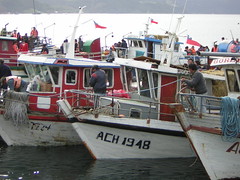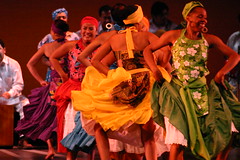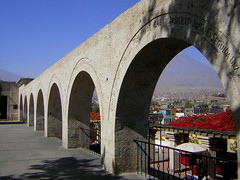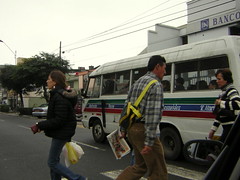Colonial jewel in Peru’s capital to be restored with UN help
Great news for the run-down historic district of Rímac in Lima in the form of help from the United Nations.
(UN News Service) – As part of a United Nations-backed plan to restore historical architectural gems that have deteriorated into slums, residents of Rimac, one of the poorest neighbourhoods in Peru’s capital, Lima, will start registering property titles as of 2010 in an effort to restore the priceless landmarks.
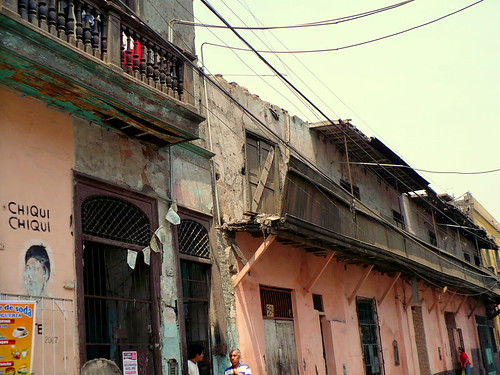
Deteriorating
“This is the first programme, both in scope and magnitude, tackling the dangerous problems that low income urban families face,” UN Development Programme (UNDP) Resident Representative Jorge Chediek said. “For the first time in history, the precarious conditions in which people live are being addressed.”
Located in downtown Lima, a UN Educational, Scientific and Cultural Organization (UNESCO) heritage site and once capital of Spain’s lavish Viceroyalty, Rimac has suffered from centuries of precarious housing conditions although it has the oldest bullfight arena in the Americas and other colonial architectural jewels.
Seeking to improve the situation and diminish disaster risks, UNDP has been working with the Peruvian government since 2004 in a programme to revitalize landmarks and poor urban communities. The programme “Rimac Renace” (in English Rimac Reborn) aims to grant dignified living conditions to nearly 200,000 people.
It has produced an assessment of the risks incurred by the population and, in 2010, it will begin registering property titles and working with Rimac’s Municipality to restore the historical landmarks.
The coast of Peru, where Lima lies, experiences frequent earthquakes. Living in collapsing historical landmarks leaves the poor community even more vulnerable to natural disasters.
Founded in 1532, Lima was almost fully rebuilt after a massive earthquake in 1746. To respond to mid-18th century natural disasters, masonry construction with bricks and stones bound by mortar was forbidden and replaced by native techniques that used mud and straw.
The mud houses, though resistant to earthquakes, decay easily if not properly renovated. Rimac is almost entirely built with such rapidly degenerating materials. During the 20th century, Lima’s downtown was progressively abandoned by affluent landlords. Houses were left to poor migrants paying very low rent, but receiving no infrastructure maintenance nor formal contract. Sanitation facilities and pipes are rotten beyond repair, and water access is limited. To further exacerbate the situation, despite rapid urbanization, Rimac lacked a development plan.
At the request of the municipality UNDP in 2005 implemented a property assessment, which declared 96 per cent of the households at risk of collapse and showed a vicious cycle – tenants lack financial means to invest in properties, that in some cases have been with the families for several generations, but to which they were not entitled to.
This October, the Peruvian Congress passed a new law enabling property rights claims. Rimac tenants now will be legally entitled to their properties – and some may even receive bank loans to buy the houses. This is crucial because legal ownership will be an incentive for tenants to maintain and restore historical houses.
In the third phase of the project, UNDP will support the Municipality in implementing a registration mechanism. Starting in 2010, about 15,000 people will register their property titles, requesting financial assistance and restoring the places they have inhabited for generations.
As a result of this long-term initiative, Rimac will be revamped, but keep its cultural identity. Deep rooted religious traditions and emblematic stories of colonial time scandals also feed this eclectic neighbourhood’s fables. The “Reborn Rimac” will be an added attraction to Lima’s growing downtown touristic circuit.
Tags: architecture, colonial, earthquake, lima, poverty, rimac, spaniards



